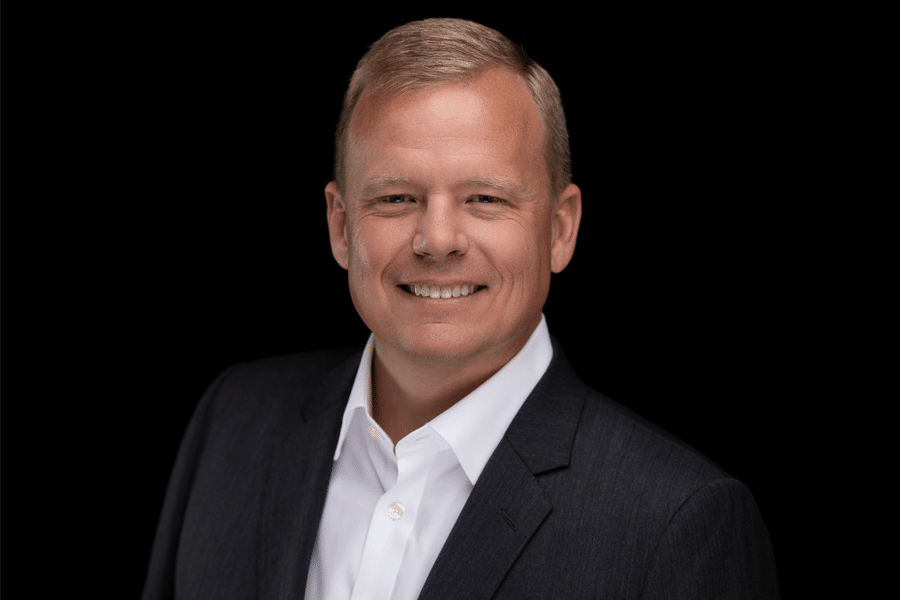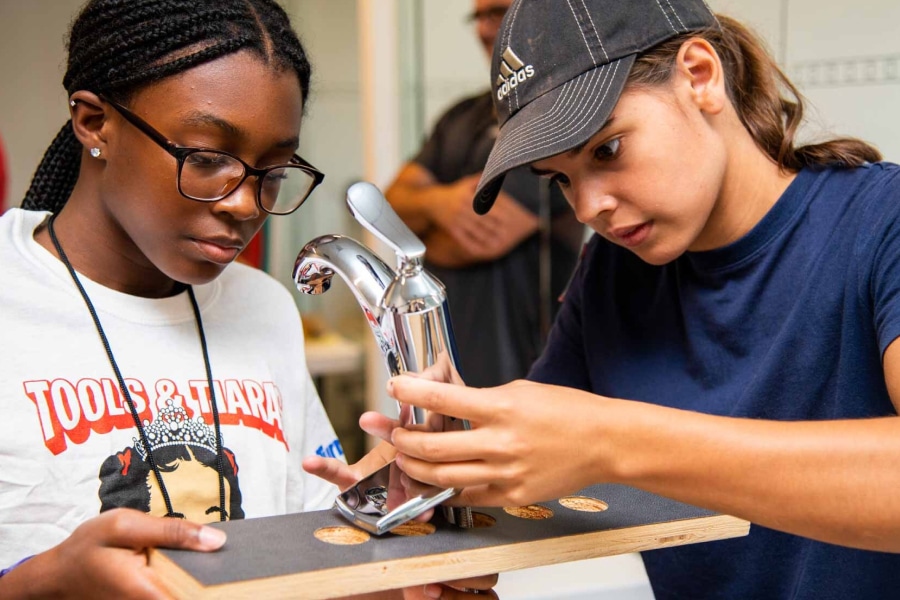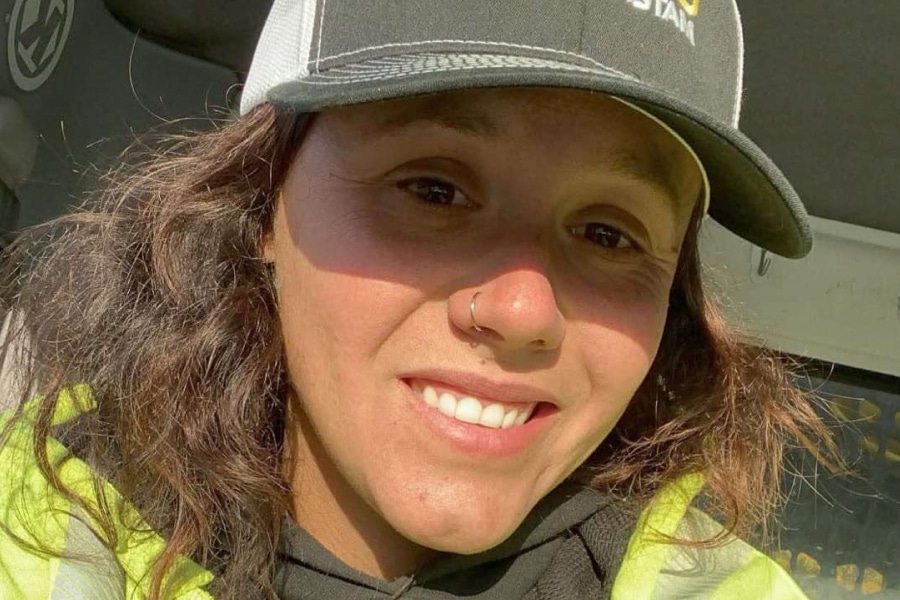Around the age of 12, Chris Stricklin found a Popular Mechanics magazine article about a fighter pilot titled, “Life Begins at Mach Two,” and formulated his life plans. He determined he’d be a fighter pilot when he grew up, and stuck the headline on his bedroom wall to remind him of his intentions every morning and night.
“I have a copy of that article still to this day,” Stricklin said. “The author talks about how much he hated it, how brutal it was on his body, how he can’t believe people do this. And I read that and went, ‘That’s what I want to do.’”
Stricklin’s life at the time was focused on small-town Alabama, watching his dad work a thankless construction job that left him overworked and underappreciated. To Stricklin, becoming a fighter pilot seemed to be the best way to escape that life with the added benefit of flying at top speeds.
He was right. Stricklin found his way to the prestigious U.S. Air Force Academy, became a combat-decorated fighter pilot and followed a career path dotted with top appointments with the Air Force, NATO, DARPA, the Pentagon and the White House. He retired as an Air Force colonel after 23 years in the service.
Today, Stricklin is back to the place he had hoped to escape—in Alabama and working in construction. But this isn’t his father’s construction gig. With the leadership skills he developed in the military, Stricklin is president of Dunn University, crafting innovative approaches to developing and retaining the best-skilled workforce for Dunn Companies, a collection of construction, building, real estate and materials companies, and Alabama’s construction industry.
His goal at Dunn and as a member of the governor’s Alabama Workforce Council is to help workers find more than a job, but a true lifelong career where they can learn and grow—something that gives them intrinsic satisfaction. “My goal every day [is] to make a difference,” he said.
Flying solo
Stricklin’s time at the Air Force Academy changed the course of his life, taking him far from Alabama. Over 23 years, Stricklin, his wife Terri and their four children moved 18 times. Stricklin has flown around the world at top speeds and served in high-level operations, surrounded at times by some of the world’s biggest leaders. At 33, he was managing $800 billion worth of assets at the Pentagon.
“It’s just amazing the opportunities that the military gives you,” said Stricklin, who has written or co-authored multiple books, including “Survivor’s Obligation” and “Building Resilience.” “And it builds habits, patterns and skills in you that translates to every industry.”
In the military, he thrived in a culture that’s not always easy to find in civilian life—a culture of mentorship. “When I take a command, I know I’m going to hold that command for two years,” he said. “And the measure of leadership is not just what you do while you’re in the seat. The measure of leadership is how the organization operates after you leave.”
At the start of any command, leaders sit down with a book and start writing down what they wish they had known when they took over, Stricklin said. Those books get handed down to successive leaders.
But in the competitive business world, that often doesn’t happen. Leaders are more likely to keep their learning close to their vest and let their successors fly solo with little support.
“People are reluctant to say other people are better than them,” he said. “Whereas in the military, there are a million leaders that could have been better than me in my position. I was just fortunate enough to get them. And I had the responsibility to train my replacement from the day I took the job.”
Mission critical
Bringing that culture of mentorship and motivation to the construction industry is today’s mission for Stricklin. “It’s really pretty easy,” he said. “You take the time to let the people know you care about them. You give them the skills they need to do their job and you support them however they want to be supported. And they’re not an employee; they’re a teammate.”
Encouraging and valuing teamwork and camaraderie is a big part of the equation in the military—and should be in the business world, he said. Aligning employees to the same mission—protecting the nation in the military, for example—is another important piece.
At Dunn, the mission is always top of mind, Stricklin said. At its asphalt company, for example, every worker understands what road or interstate they’re building and how it impacts the state. Everybody has a growth plan, spelling out the next steps in their career so they can grow within the company.
And just as military chaplains provide emotional support, Dunn brought in company chaplains who check in with workers to mentor and support them with problems at home, a death in the family or other issues. “That shows our people we love them, and we have whatever you need here, which is what the military had for me,” he said. “They were supportive of my entire life.”


Bluebeam Resource Hub
Browse case studies, watch webinars, and see what’s new with Bluebeam.Veterans and service members come with those expectations and qualities built in. “If I can grab somebody just getting out of the military, I will do it every time,” he said. “Because it’s a known entity I’m starting with.”
But companies can shift, and people can change. In fact, leaders at other companies are seeking out Stricklin for consulting and advice, and he welcomes the opportunity. This ability to affect lives is incredibly rewarding for Stricklin. He only wishes his father had experienced the same level of support and mentorship on the job. “I didn’t see any of this in his construction career,” he said. “And on my first day here, I don’t talk about this very much … When I joined this company, I was wearing my dad’s last pair of construction boots. And I said, ‘I’m going to come back to construction and make it a place I wish my dad would have worked at.’”












